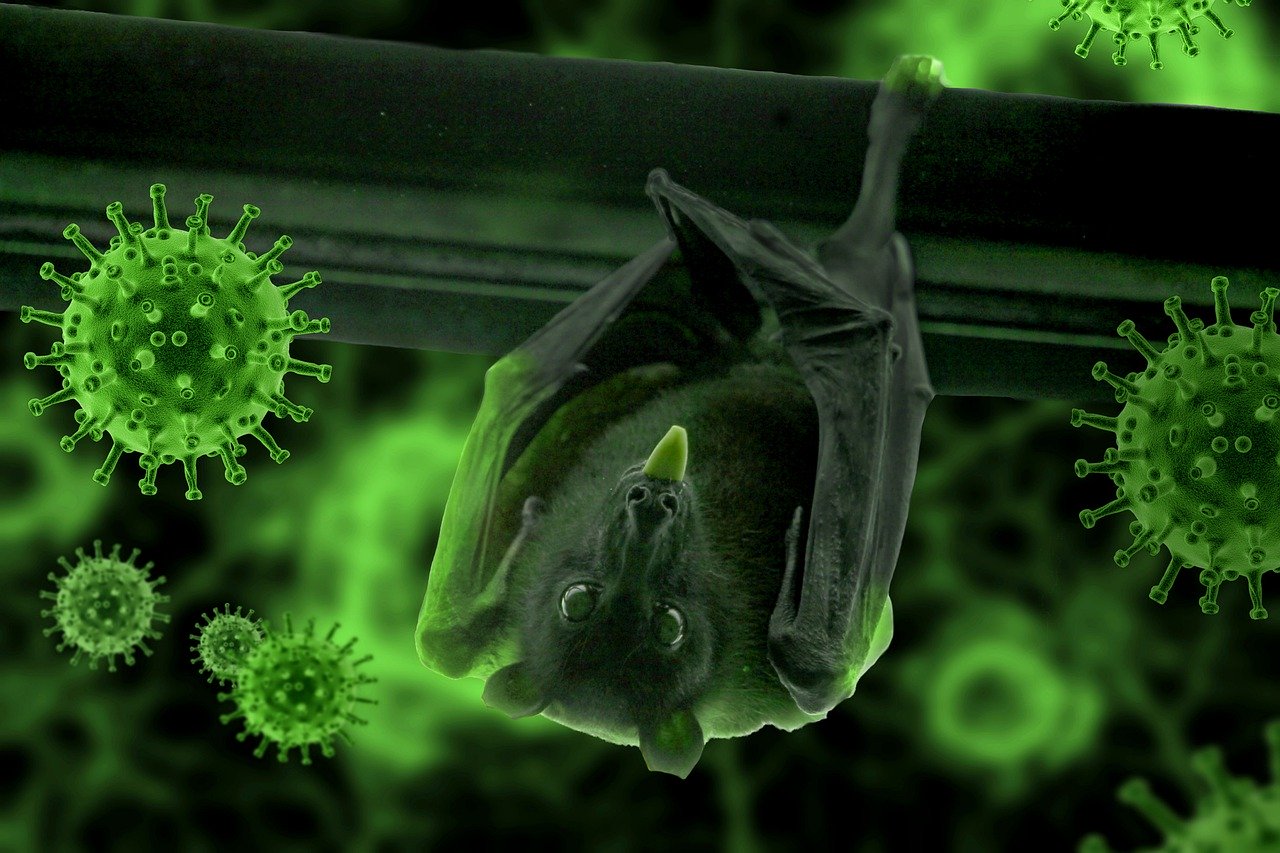
Six new types of coronavirus have been discovered in bats in Myanmar.
Researchers with the Smithsonian's Global Health Program clarified that these coronaviruses are not related to coronaviruses Severe Acute Respiratory Syndrome (SARS CoV-1), Middle East Respiratory Syndrome (MERS) or COVID-19.
Published in PLOS ONE, the study explores the diversity of coronaviruses in bats. This can help in shaping global efforts that can effectively respond to infectious diseases, including COVID-19.
Future studies can assess the potential for transmission across species to determine the risks to human health.
"Viral pandemics remind us how closely human health is connected to the health of wildlife and the environment," said Marc Valitutto, former wildlife veterinarian with the Smithsonian's Global Health Program and lead author of the study.
"Worldwide, humans are interacting with wildlife with increasing frequency, so the more we understand about these viruses in animals -- what allows them to mutate and how they spread to other species -- the better we can reduce their pandemic potential."
The findings were based on sites in Myanmar where humans are more likely to encounter local wildlife due to changes in land use and development. Researchers collected more than 750 saliva and fecal samples from bats in these zones from May 2016 to August 2018.
Experts believe that thousands of coronaviruses are present in bats. These viruses were found while performing biosurveillance on animals and people to evaluate the circumstances for disease spillover as part of the PREDICT project.
PREDICT refers to an initiative funded by the U.S. Agency for International Development (USAID). It focuses on the global discovery and surveillance of pathogens that have the potential to be transmitted from animals to humans.
The PREDICT team in Myanmar is made of scientists from the Smithsonian; the University of California, Davis; Myanmar's Ministry of Agriculture, Livestock and Irrigation; Myanmar's Ministry of Health and Sports; and Myanmar's Ministry of Natural Resources and Environmental Conservation.
Viral threats to public health
According to the researchers, their findings highlight the importance of surveillance for zoonotic diseases as they exist in wildlife. The results can serve as the basis of future surveillance of bat populations to magnify potential viral threats to public health.
"Many coronaviruses may not pose a risk to people, but when we identify these diseases early on in animals, at the source, we have a valuable opportunity to investigate the potential threat," said Suzan Murray, director of the Smithsonian's Global Health Program and co-author of the study.
"Vigilant surveillance, research and education are the best tools we have to prevent pandemics before they occur," she added.
The scientists compared samples to known coronaviruses and found six new coronaviruses for the first time. The group also disclosed a coronavirus that had been detected elsewhere in Southeast Asia, but never before in Myanmar.
However, the scientists emphasized that the newly detected coronaviruses are not closely related to coronaviruses like SARS CoV-1, MERS or COVID-19. Further observations have to be made in order to weigh their potential for spillover to other species to truly indicate the risks to human health.






